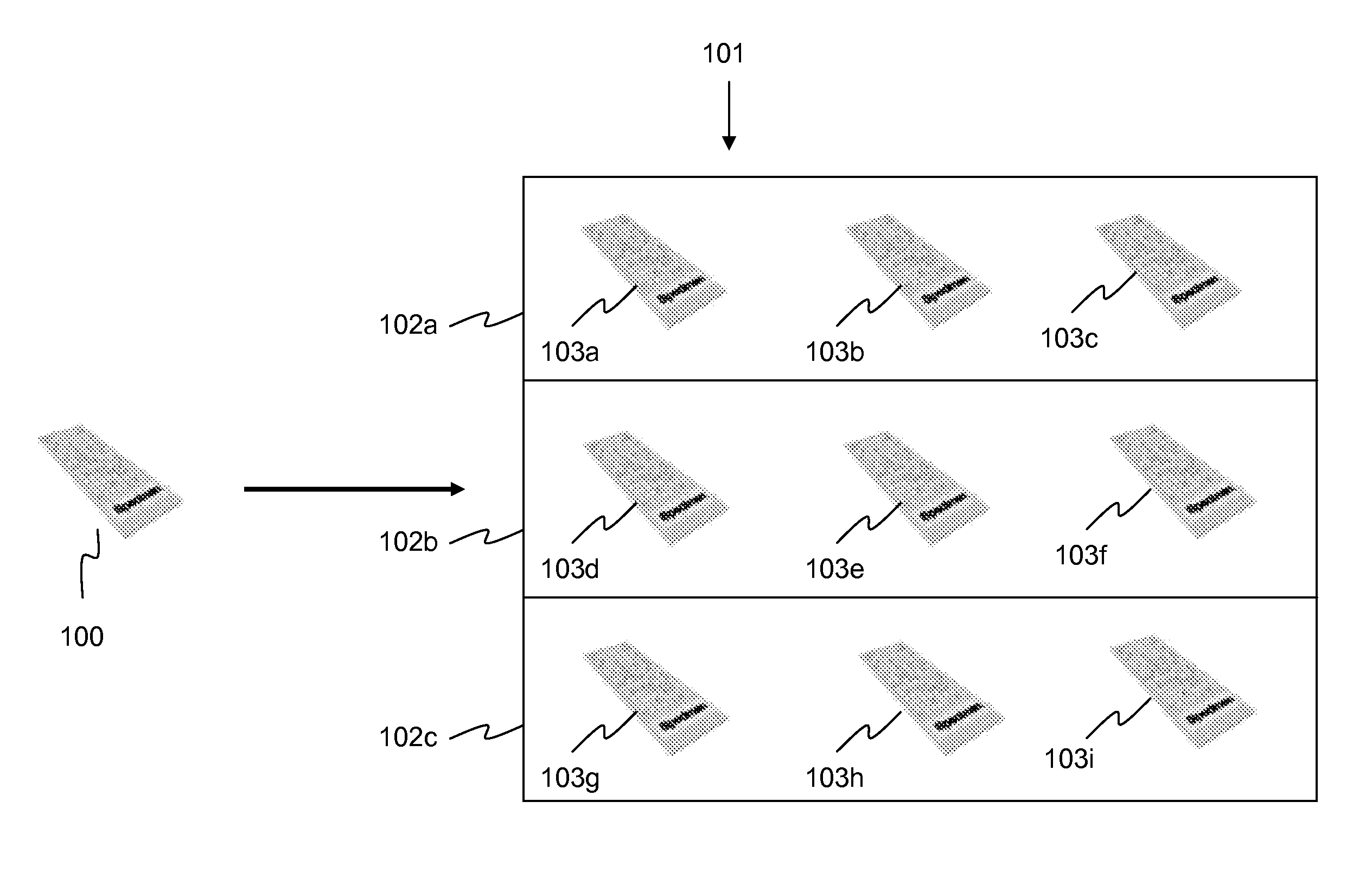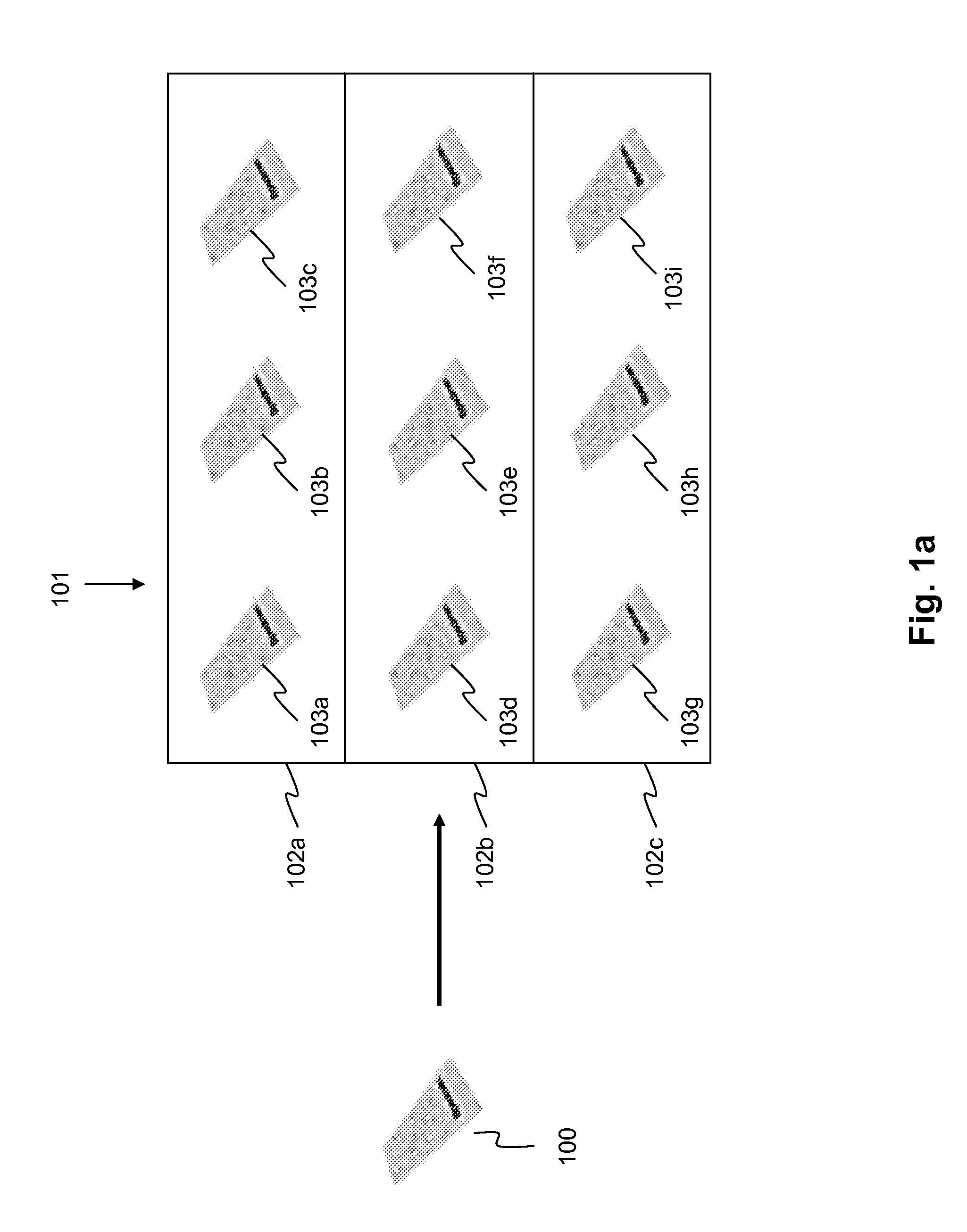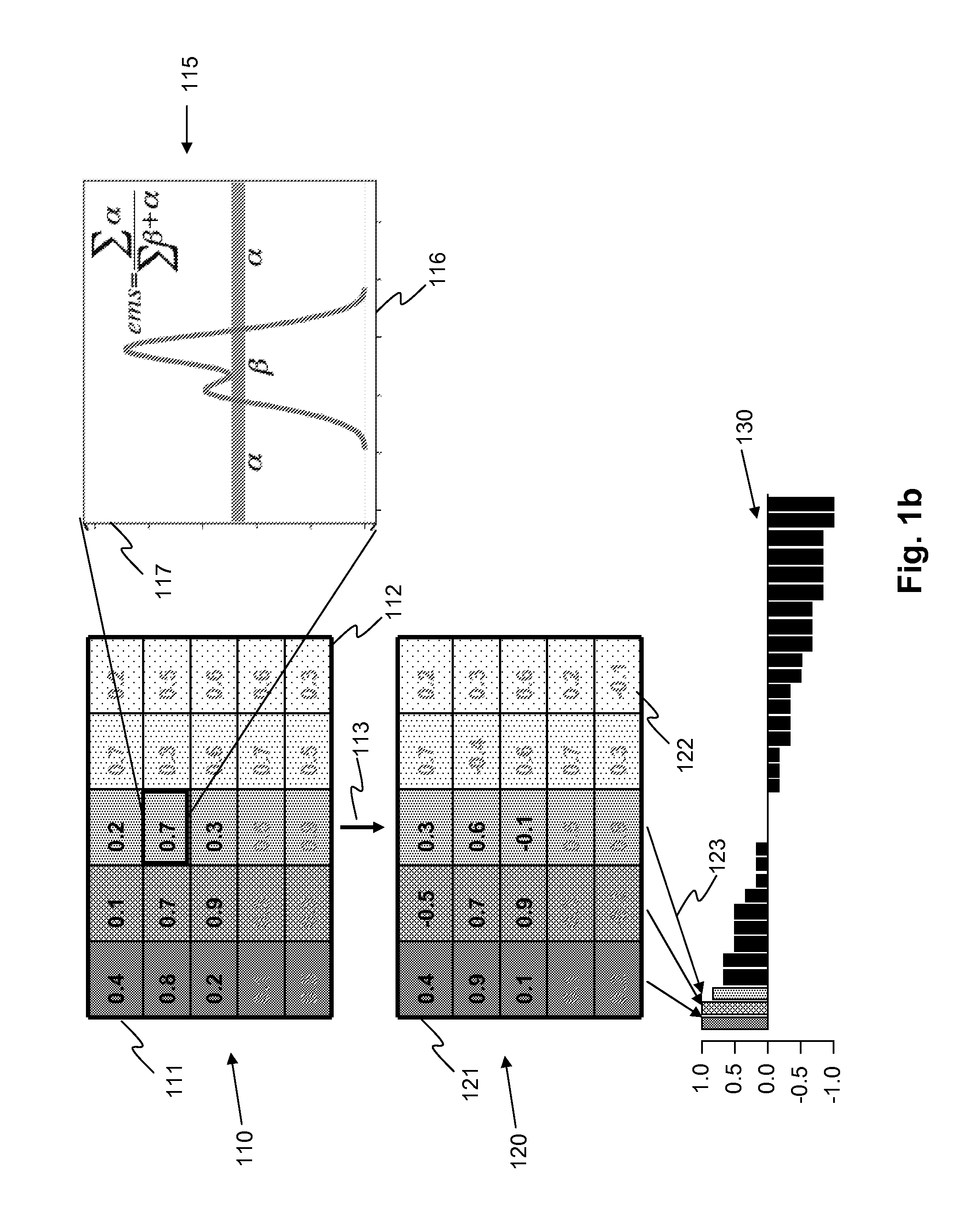Method, an arrangement and a computer program product for analysing a biological or medical sample
a biological or medical sample and analysis method technology, applied in the field of microarray gene expression data analysis, can solve the problems of difficult to obtain corresponding normal tissue samples, difficult to interpret individual samples' data, and huge complexity of digital transformation problem
- Summary
- Abstract
- Description
- Claims
- Application Information
AI Technical Summary
Benefits of technology
Problems solved by technology
Method used
Image
Examples
example 1
[0123]Application of the Array Alignment for the Microarray Data Analysis: Stem Cell Differentiation
[0124]Samples from a differentiation series of mesenchymal stem cells transforming into adipocytes were compared to reference data containing mesenchymal stem cell and adipose tissue samples. It was shown that the method is able to both show progression of differentiation and the genes whose expression level changes with the progression.
[0125]Samples were compared to the reference data as per the described method. The changes in the results are highlighted by comparing the samples from the beginning of the time series, the 0 h samples, with the samples from the end of the series, the 7 d samples. First of all, the 0 h samples had mesenchymal stem cells as the tissue they most resembled, whereas the 7 d samples resembled adipose tissue the most. On the level of biological processes composed of several genes, the trend was also very clear. Genes contributing to adipose tissue related pr...
example 2
[0127]Application of the Array Alignment for the Interpretation of Microarray Data: Dystrophic Muscle
[0128]One purpose of the invention is to provide meaningful interpretation for the gene expression of pathological samples for diagnostic and / or therapeutic purposes. For example when comparing dystrophic muscle samples to healthy striated muscle reference data one can provide molecular level interpretation of the patient. Muscle samples from patients suffering from Duchenne Muscular Dystrophy (DMD) were analyzed, with the reference data containing a large amount of healthy muscle samples.
[0129]As shown in FIG. 2b, which shows similarity of the dystrophic muscle samples to five most similar reference tissues, all samples identified healthy muscle as their closest tissue match, but one sample identified adipose tissue as second closest match (203). All samples displayed abnormal, as compared to healthy muscle, expression of genes relating to inflammatory and immune responses, revealin...
PUM
| Property | Measurement | Unit |
|---|---|---|
| Density | aaaaa | aaaaa |
| Gene expression profile | aaaaa | aaaaa |
Abstract
Description
Claims
Application Information
 Login to View More
Login to View More - R&D
- Intellectual Property
- Life Sciences
- Materials
- Tech Scout
- Unparalleled Data Quality
- Higher Quality Content
- 60% Fewer Hallucinations
Browse by: Latest US Patents, China's latest patents, Technical Efficacy Thesaurus, Application Domain, Technology Topic, Popular Technical Reports.
© 2025 PatSnap. All rights reserved.Legal|Privacy policy|Modern Slavery Act Transparency Statement|Sitemap|About US| Contact US: help@patsnap.com



